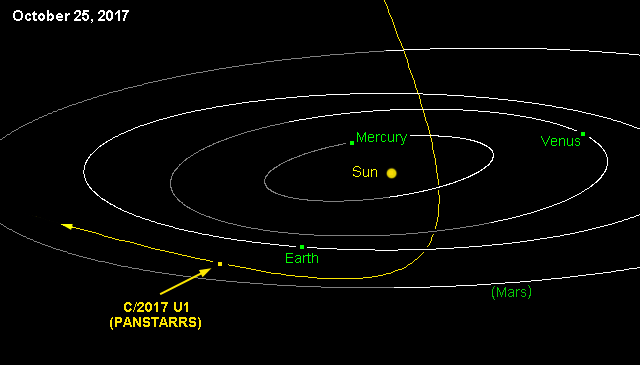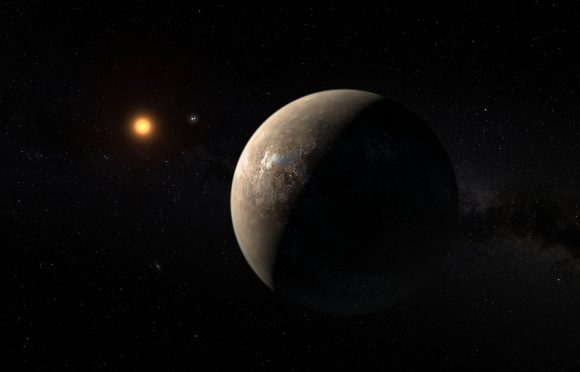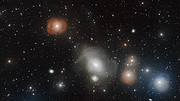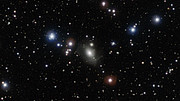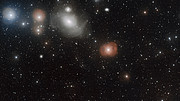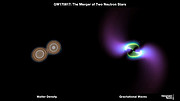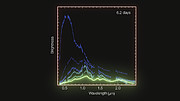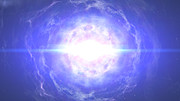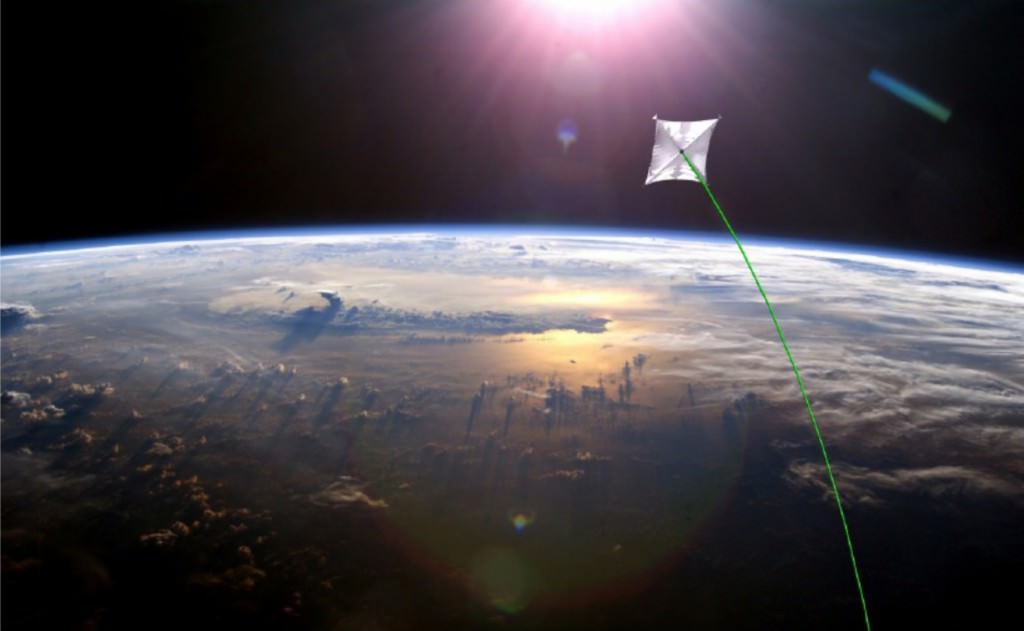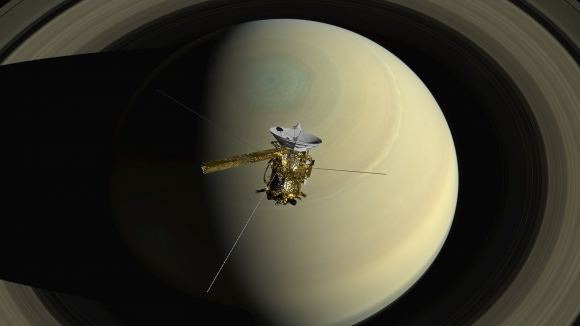New evidence for dark matter makes it even more exotic
Galaxy clusters are the largest known structures in the Universe, containing thousands of galaxies and hot gas. But more importantly, they contain the mysterious dark matter, which accounts for 27 percent of all matter and energy. Current models of dark matter predict that galaxy clusters have very dense cores, and those cores contain a very massive galaxy that never moves from the cluster’s center. Powered by WPeMaticoRead More →

